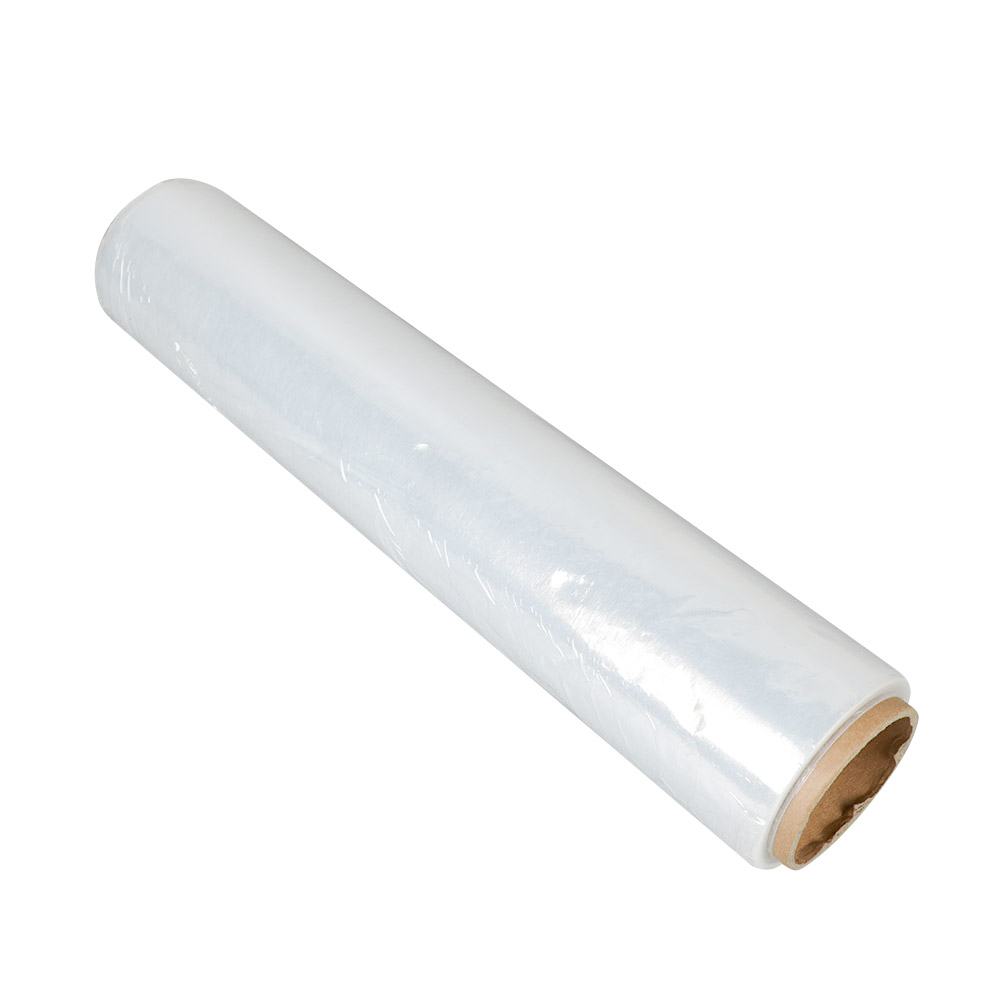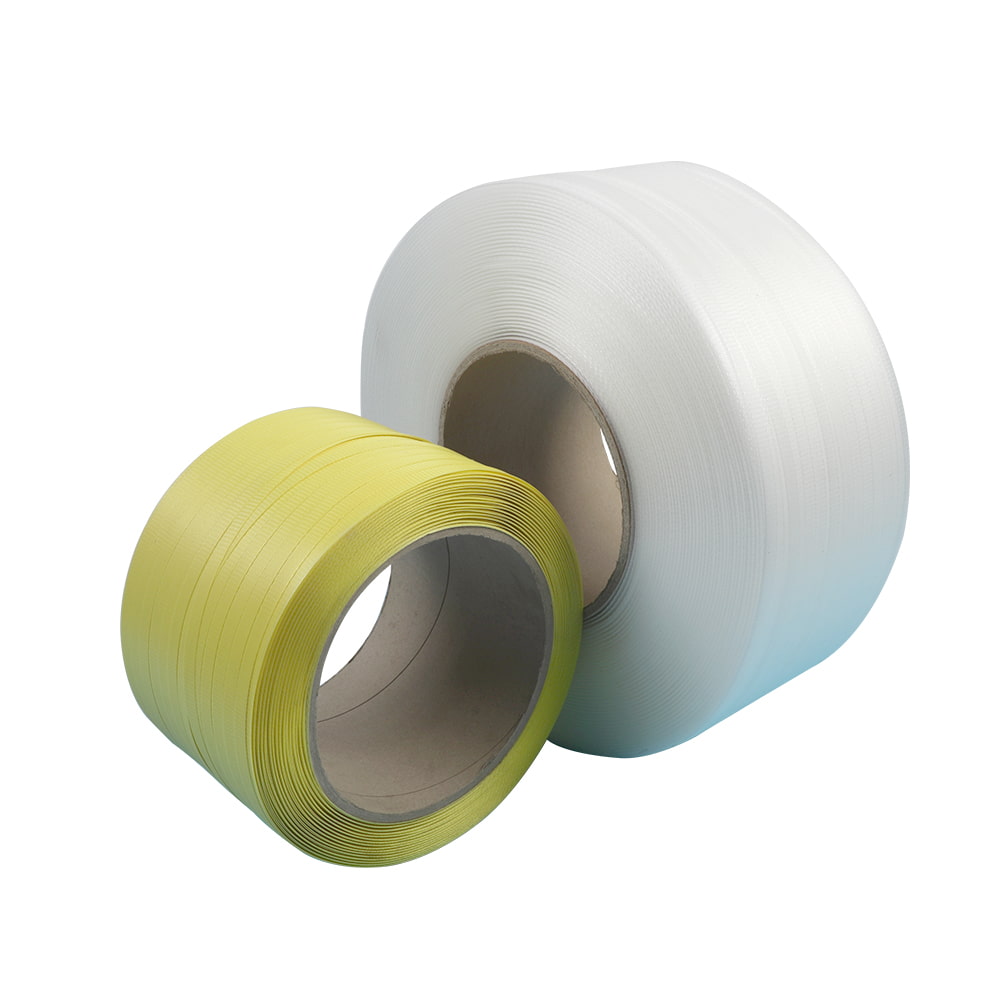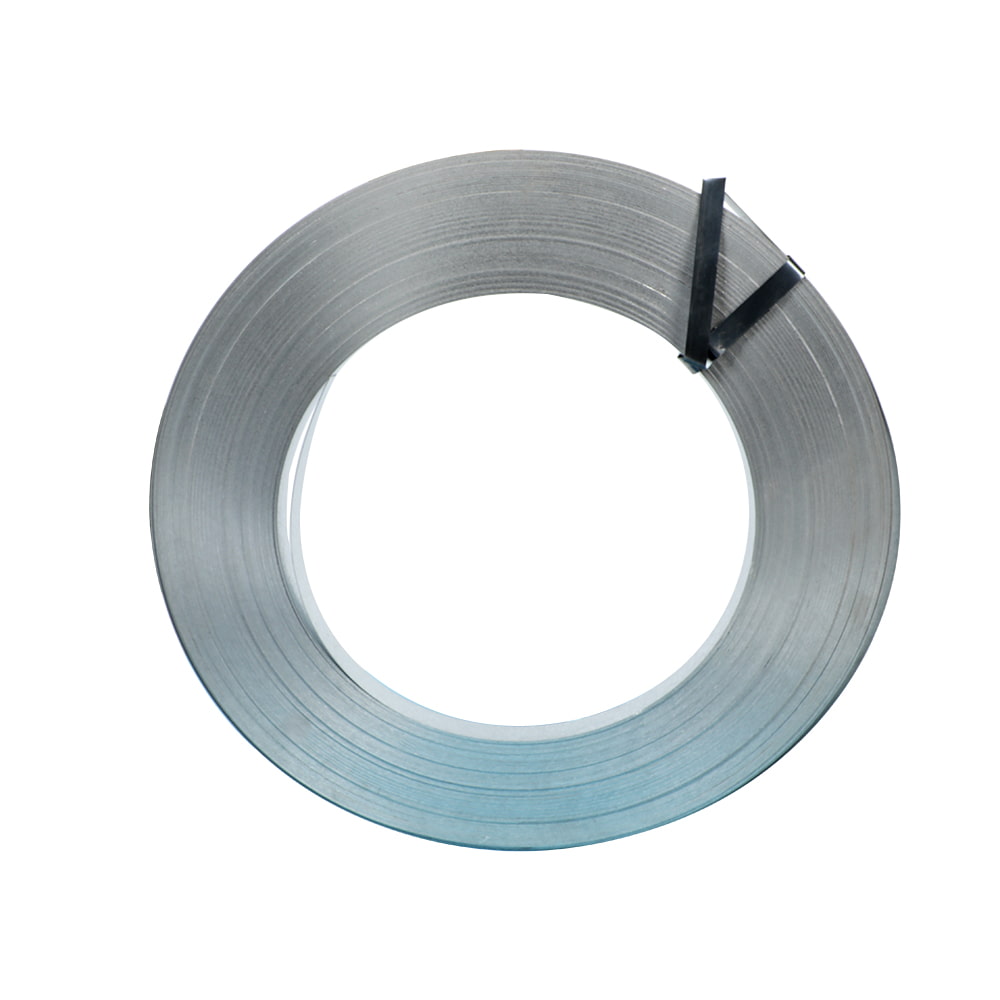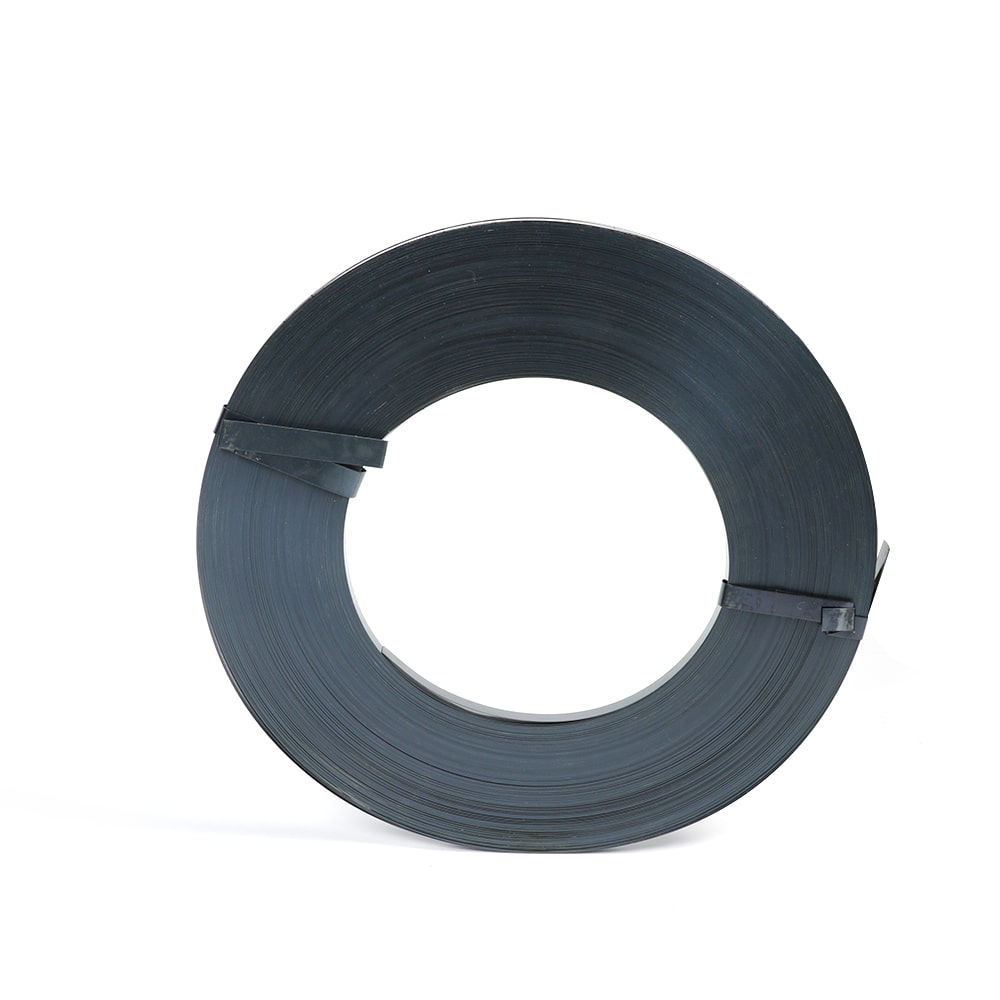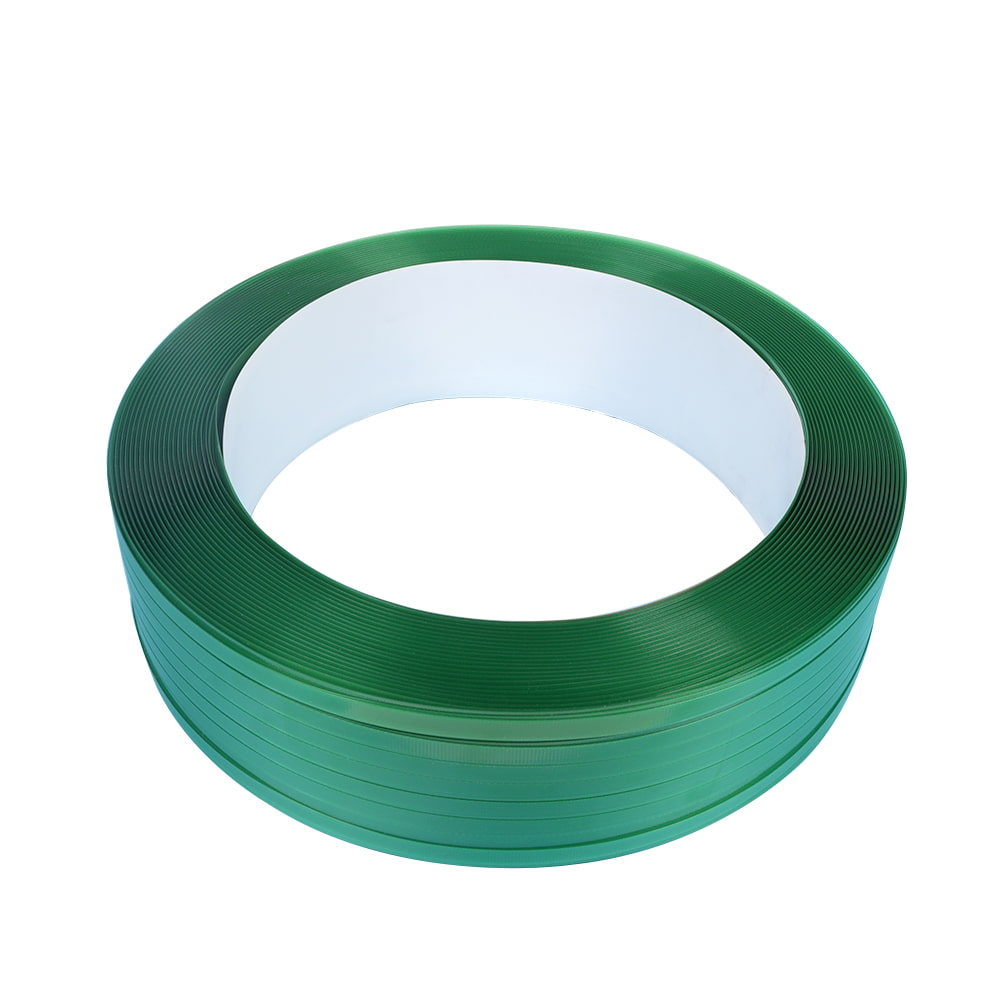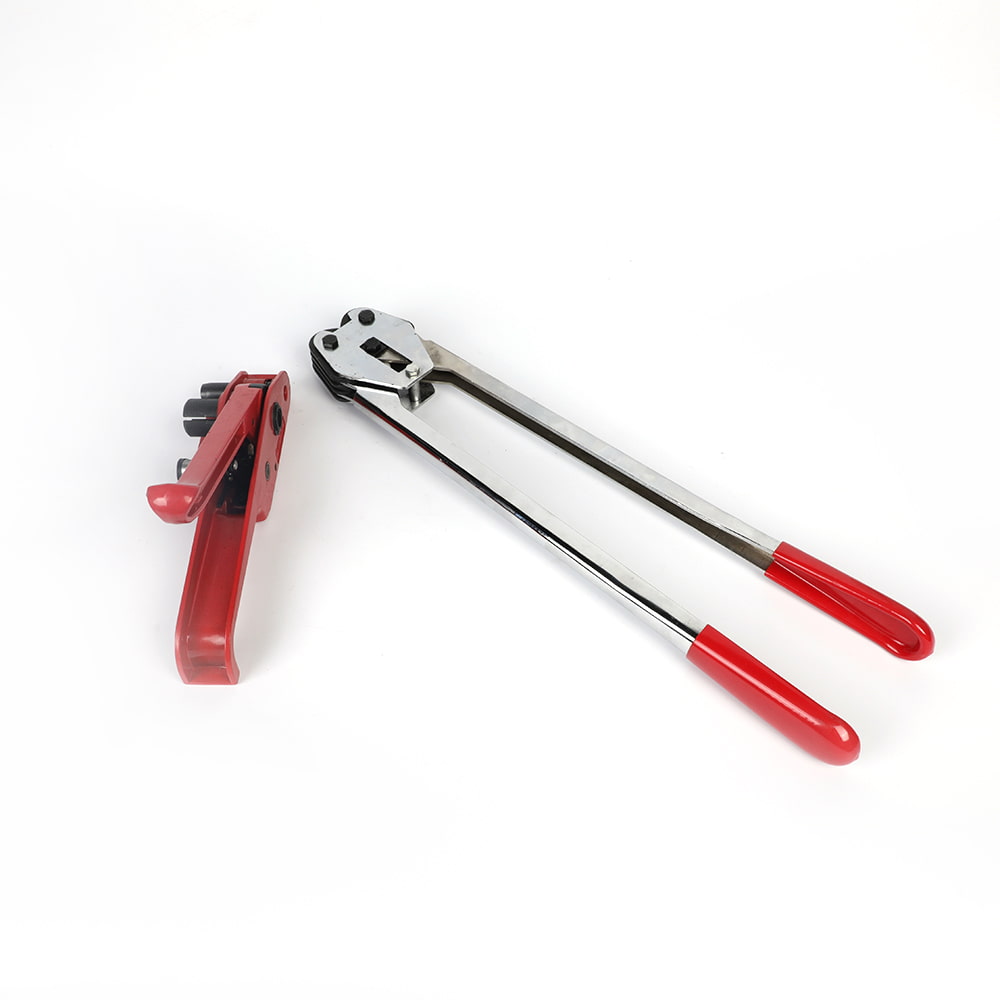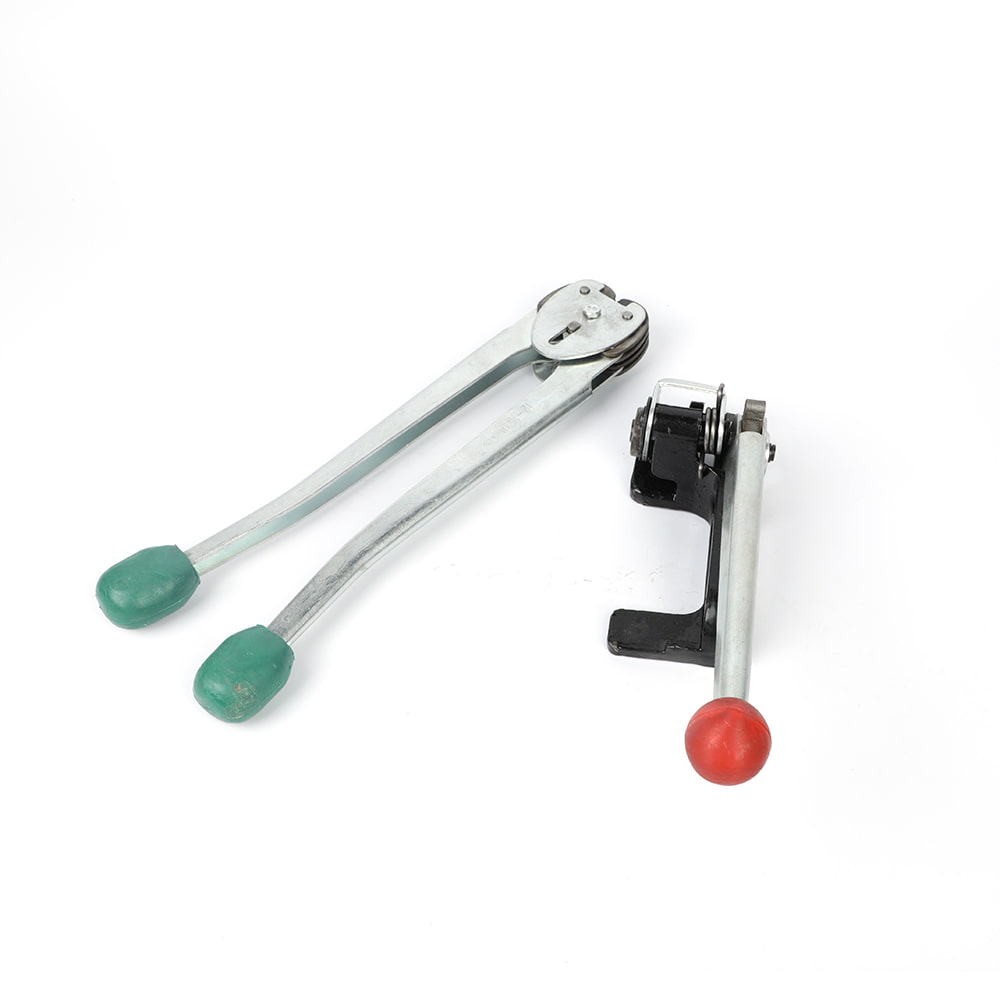What are some common challenges or issues encountered when using stretch film, and how can they be addressed?
Author:admin Date:2023-09-11
Stretch film is a versatile packaging material commonly used to wrap and secure pallets, packages, and various loads for shipping and storage. While it offers many benefits, such as load stability and protection, there are some common challenges and issues that can arise when using stretch film. Here are these challenges and some solutions to address them:
1. Film Breakage or Tears:
Cause: Stretch film can break or tear due to excessive tension, sharp edges on loads, or poor film quality.
Solution:
Adjust the tension settings on the wrapping machine to ensure it's within the film's recommended range.
Check for any sharp edges on the load and address them before wrapping.
Use high-quality stretch film with good tear resistance.
2. Uneven Film Application:
Cause: Uneven application of stretch film can lead to weak points and inadequate load stability.
Solution:
Ensure the load is centered on the pallet and evenly distributed.
Adjust the wrapping machine settings to apply the film consistently and evenly.
Use stretch film with proper cling properties to adhere to the load effectively.
3. Film Necking:
Cause: Film necking occurs when the film narrows and forms a "neck" during stretching, reducing its effectiveness.
Solution:
Adjust the film tension to avoid overstretching, which can cause necking.
Use stretch film with good elongation properties to prevent necking.
4. Insufficient Film Coverage:
Cause: Insufficient film coverage can result in inadequate load protection and stability.
Solution:
Ensure proper overlap of each wrap layer to achieve full coverage.
Increase the number of wraps or use a wider film width if necessary.
5. Film Slippage:
Cause: Film slippage occurs when the film does not adhere well to the load or the previous film layers.
Solution:
Use stretch film with high cling properties or an adhesive layer to improve adhesion.
Ensure that the wrapping machine's rollers or tension settings are functioning correctly.
Increase the film tension slightly if needed.
6. Overstretching:
Cause: Overstretching the film can result in reduced load stability and film waste.
Solution:
Follow the film manufacturer's recommended stretch ratios and tension settings.
Use stretch film with sufficient strength to prevent overstretching.
7. Film Waste:
Cause: Excessive film usage can lead to increased material costs and environmental concerns.
Solution:
Optimize the wrapping machine settings to use the minimum amount of film necessary to secure the load.
Consider using pre-stretched or high-performance stretch films that require less material to achieve the same load stability.
8. Environmental Impact:
Cause: Stretch film is made from plastic, contributing to environmental concerns.
Solution:
Consider using recyclable or biodegradable stretch film options if available and suitable for your application.
Implement recycling programs for used stretch film to reduce environmental impact.
9. Load Shifting:
Cause: Load shifting can occur during transport if the stretch film does not provide sufficient stability.
Solution:
Ensure proper load configuration and weight distribution on the pallet.
Use stretch film with the appropriate strength and cling properties to prevent load shifting.
To address these common challenges when using stretch film, it's essential to choose the right type of film, maintain wrapping machines properly, and train operators to use the equipment effectively. Regular monitoring and adjustment of film application techniques can also help optimize performance and reduce waste.
1. Film Breakage or Tears:
Cause: Stretch film can break or tear due to excessive tension, sharp edges on loads, or poor film quality.
Solution:
Adjust the tension settings on the wrapping machine to ensure it's within the film's recommended range.
Check for any sharp edges on the load and address them before wrapping.
Use high-quality stretch film with good tear resistance.
2. Uneven Film Application:
Cause: Uneven application of stretch film can lead to weak points and inadequate load stability.
Solution:
Ensure the load is centered on the pallet and evenly distributed.
Adjust the wrapping machine settings to apply the film consistently and evenly.
Use stretch film with proper cling properties to adhere to the load effectively.
3. Film Necking:
Cause: Film necking occurs when the film narrows and forms a "neck" during stretching, reducing its effectiveness.
Solution:
Adjust the film tension to avoid overstretching, which can cause necking.
Use stretch film with good elongation properties to prevent necking.
4. Insufficient Film Coverage:
Cause: Insufficient film coverage can result in inadequate load protection and stability.
Solution:
Ensure proper overlap of each wrap layer to achieve full coverage.
Increase the number of wraps or use a wider film width if necessary.
5. Film Slippage:
Cause: Film slippage occurs when the film does not adhere well to the load or the previous film layers.
Solution:
Use stretch film with high cling properties or an adhesive layer to improve adhesion.
Ensure that the wrapping machine's rollers or tension settings are functioning correctly.
Increase the film tension slightly if needed.
6. Overstretching:
Cause: Overstretching the film can result in reduced load stability and film waste.
Solution:
Follow the film manufacturer's recommended stretch ratios and tension settings.
Use stretch film with sufficient strength to prevent overstretching.
7. Film Waste:
Cause: Excessive film usage can lead to increased material costs and environmental concerns.
Solution:
Optimize the wrapping machine settings to use the minimum amount of film necessary to secure the load.
Consider using pre-stretched or high-performance stretch films that require less material to achieve the same load stability.
8. Environmental Impact:
Cause: Stretch film is made from plastic, contributing to environmental concerns.
Solution:
Consider using recyclable or biodegradable stretch film options if available and suitable for your application.
Implement recycling programs for used stretch film to reduce environmental impact.
9. Load Shifting:
Cause: Load shifting can occur during transport if the stretch film does not provide sufficient stability.
Solution:
Ensure proper load configuration and weight distribution on the pallet.
Use stretch film with the appropriate strength and cling properties to prevent load shifting.
To address these common challenges when using stretch film, it's essential to choose the right type of film, maintain wrapping machines properly, and train operators to use the equipment effectively. Regular monitoring and adjustment of film application techniques can also help optimize performance and reduce waste.

 EN
EN 
 English
English 中文简体
中文简体

